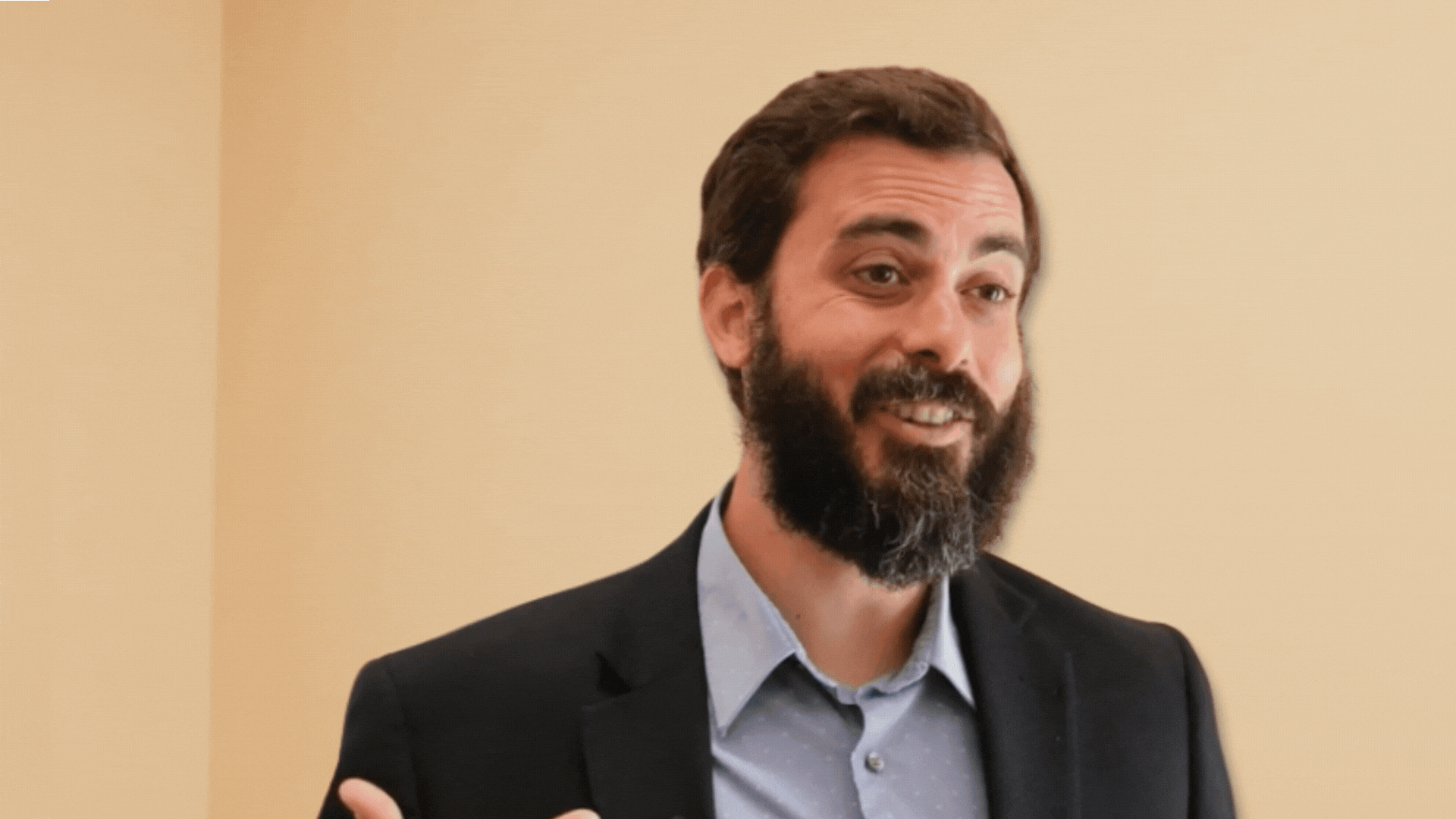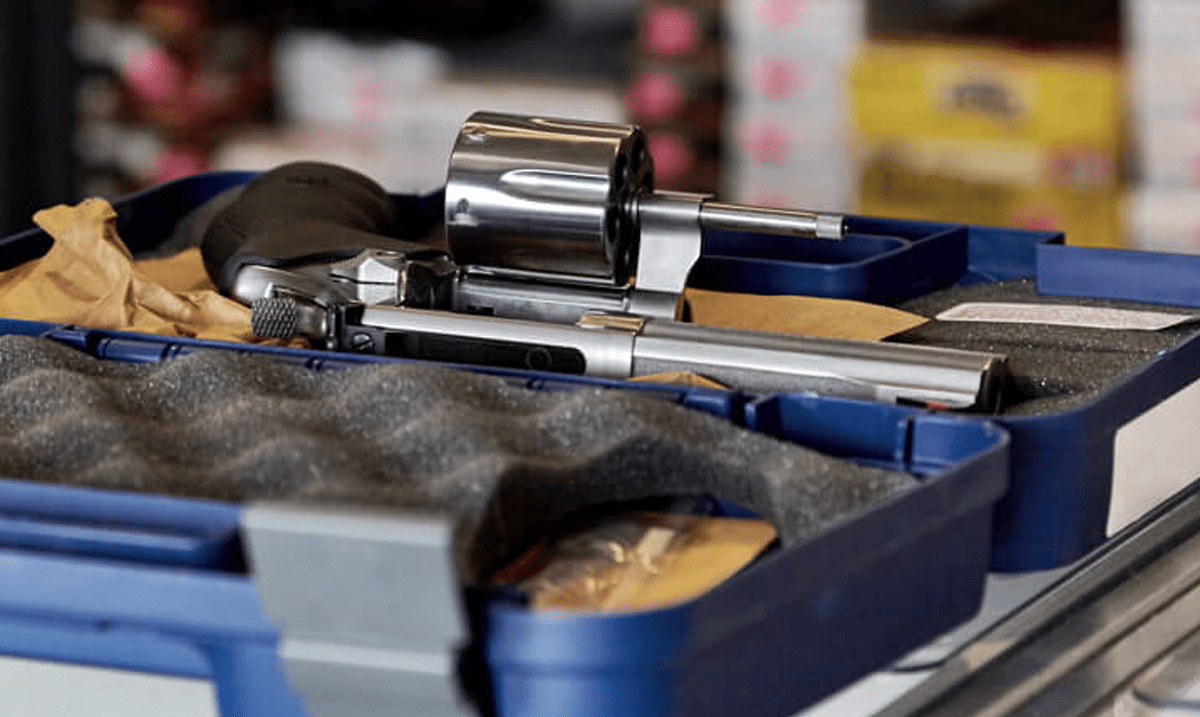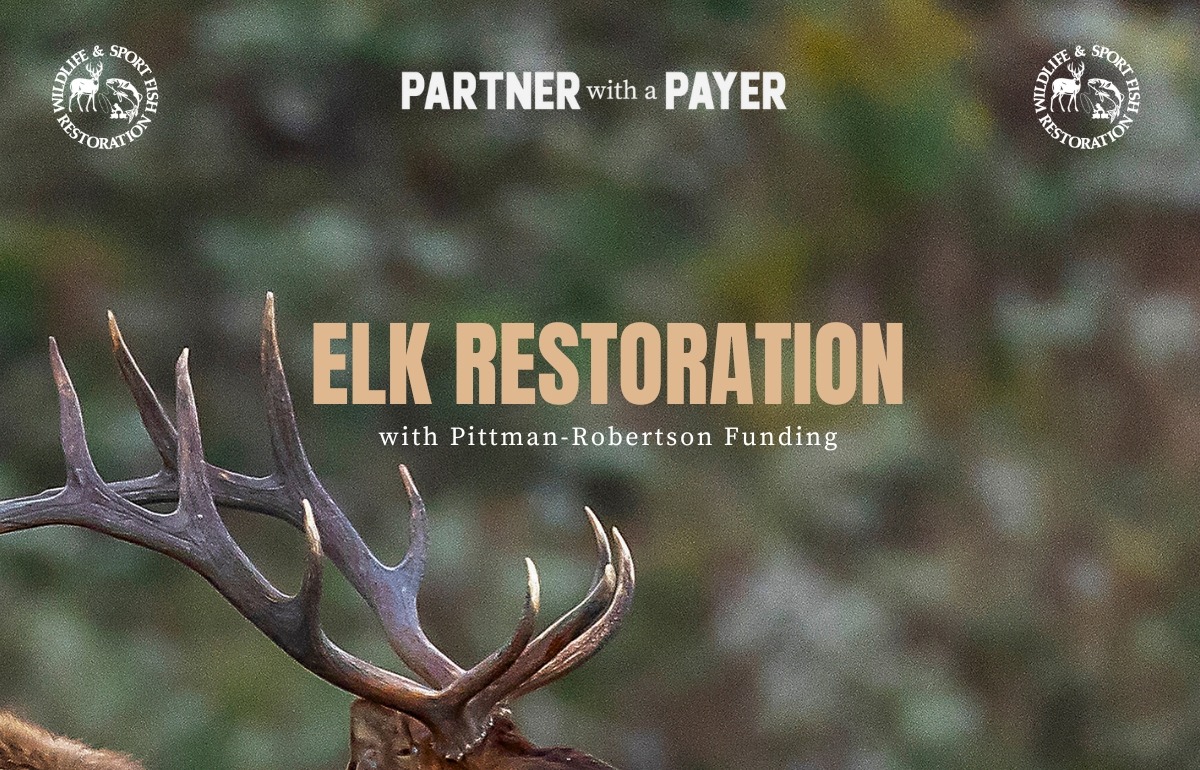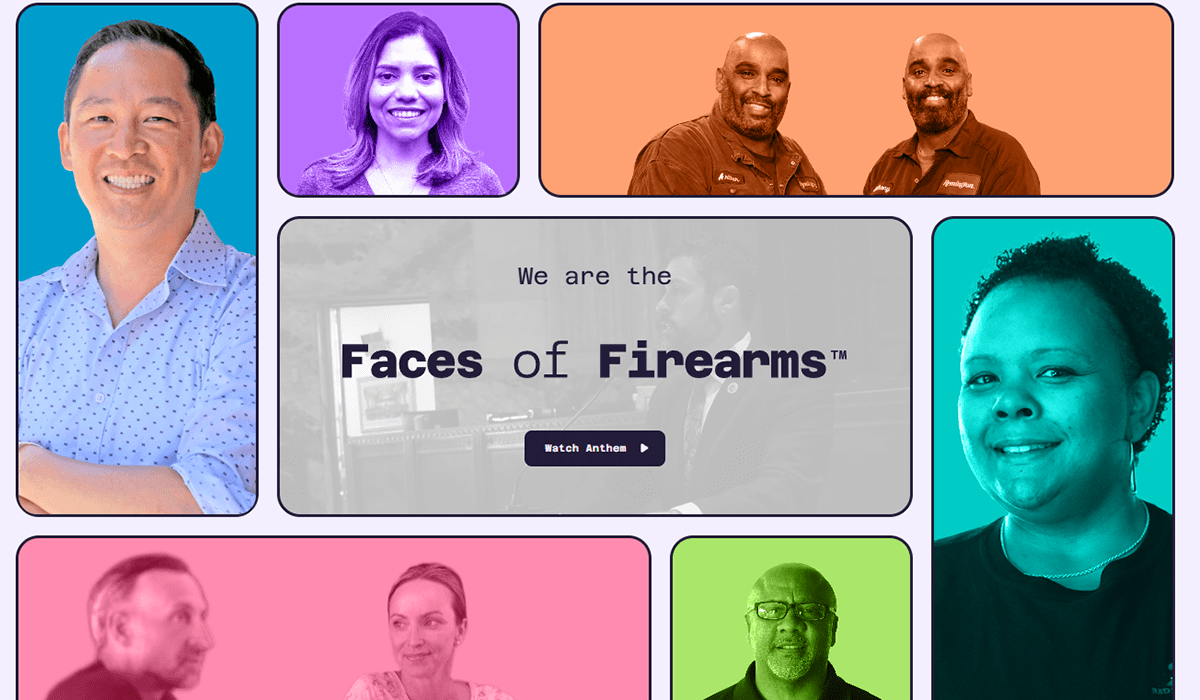 Back to News
Back to News
March 23, 2016
Wildlife Needs Hunters and Shooters to Thrive

Yes, “We built that,” but the work is far from over. Here’s how you can do your part to secure our heritage and lifestyle for the next generation
Healthy wildlife populations and habitat ARE NOT a product of nature.
That’s a fairly bold and rather counter-intuitive statement, but in an era of threatened natural resources and increasing pressure on public land recreation, it’s a fact. The abundant wild game populations and productive habitats we enjoy today would be a historical footnote if not for the financial intervention of hunters and shooters like you. As with everything, it takes money to acquire and cultivate quality wildlife habitat, and to nurture wildlife health and numbers in a way that balances ecological and sociological needs.

The good news is that over the last ten years, state wildlife agencies have seen a 161-percent increase in excise tax allocations from firearm and ammunition sales. This is a result of the Federal Aid in Wildlife Restoration Act—more commonly known as the Pittman-Robertson Act—which directs excise taxes from the sale of guns and ammunition to state wildlife agencies. State agencies then use these funds specifically for wildlife and wildlife-oriented initiatives such as:
• Purchasing land for public-use wildlife management areas
• Wildlife and habitat restoration
• Ongoing conservation efforts
• Hunter education programs
• Public shooting range development

To date, state wildlife agencies across the country have directed more than $10 billion in firearm and ammunition excise taxes to the improvement of the wildlife and public land habitat we enjoy today. The examples are many, but here are a few recent initiatives that help illustrate the important work wildlife agencies do with the funds generated by your involvement in the hunting and shooting sports:
• Arkansas Game and Fish Commission: renovating 11 WMAs to create and restore 1,300+ acres of waterfowl habitat.
• North Carolina’s Wildlife Resources Commission: studying black bear population for species management decisions in urban areas.
• Georgia’s Department of Natural Resources: developing a 30,000 sq. ft. Shooting Sports Education Center (SSEC) to include a 16-lane/25m firing range, 16-lane, 25m archery center, and two training/seminar rooms.

While you can see from these examples how funds generated from your purchase of firearms and ammunition can have a direct impact on the future of our hunting and shooting lifestyle, the historical view is even more insightful. Consider the impact the Pittman-Roberston Act has had on popular game species since its 1937 passage. In the 1930s…
• there were less than one million whitetail deer. Today there are more than 32 million.
• there were about a million wild turkeys. Today there are more than 7 million.
• there were around 20 million waterfowl. Today there are more than 44 million.

These remarkable wildlife and habitat success stories are due in large part to the funding provided by the excise tax on firearms and ammunition we all pay. Yet another revenue source is equally vital to the ongoing conservation and restoration efforts underway in state wildlife agencies across the country: the proceeds from the sale of hunting licenses.

Wildlife thrives today because of the state wildlife agencies charged with natural resources oversight, and funding for these agencies comes from the sale of licenses and excise tax revenue. Unquestionably, wildlife populations and habitat would be in peril without sportsmen buying the licenses, firearms, and ammunition that help fund the state agencies and their programs.

Unfortunately, hunting license revenue has not seen the same growth in the last ten years as has excise tax on firearms and ammunition sales. On the contrary, hunting license sales have remained flat during this time frame and has not kept up with population growth. A disturbing trend, indeed.
As hunters and shooters who claim the outdoor heritage and lifestyle, it is our responsibility to ensure wildlife and wild lands will be around for future generations to enjoy. One way you can make an impact is to introduce someone to hunting. Most states have a mentor license that allows beginners to streamline their entry into hunting if they have a mentor. You can find more information on mentoring opportunities at the Families Afield website.

Help by spreading the word to both hunting and non-hunting friends, family, and co-workers by sharing this post and these graphics. Let them know that the land management funded solely by sportsmen is good not only for game species such as deer, turkey and waterfowl, but also for non-game species such as peregrine falcons, songbirds, and important pollinators like butterflies and bees. Remind your friends that the thousands of wildlife management area acres across the US funded by sportsman are used by everyone from hikers and artists to photographers and wildlife viewers. Here’s a great video explaining just that:
With turkey season ramping across the country, this is a great time for you to share how wildlife is thriving because of guns and hunting. While you’re at it, consider becoming a mentor and do your part to recruit the next generation of wildlife conservationists.
Categories: Conservation, Education, Featured, Hunting, Top Stories, WTS









